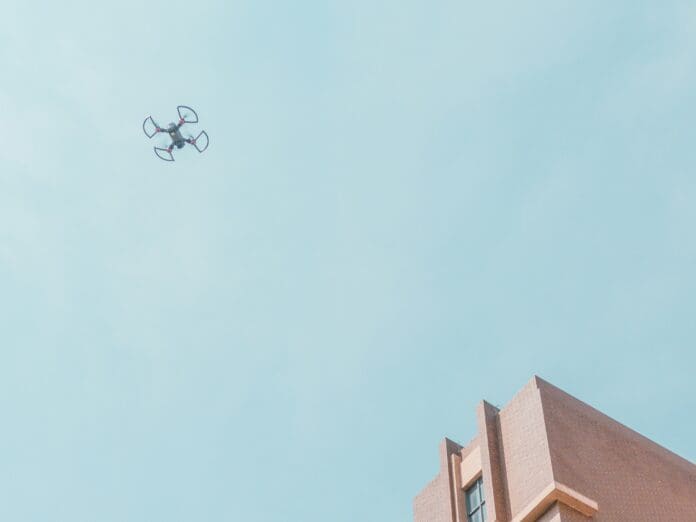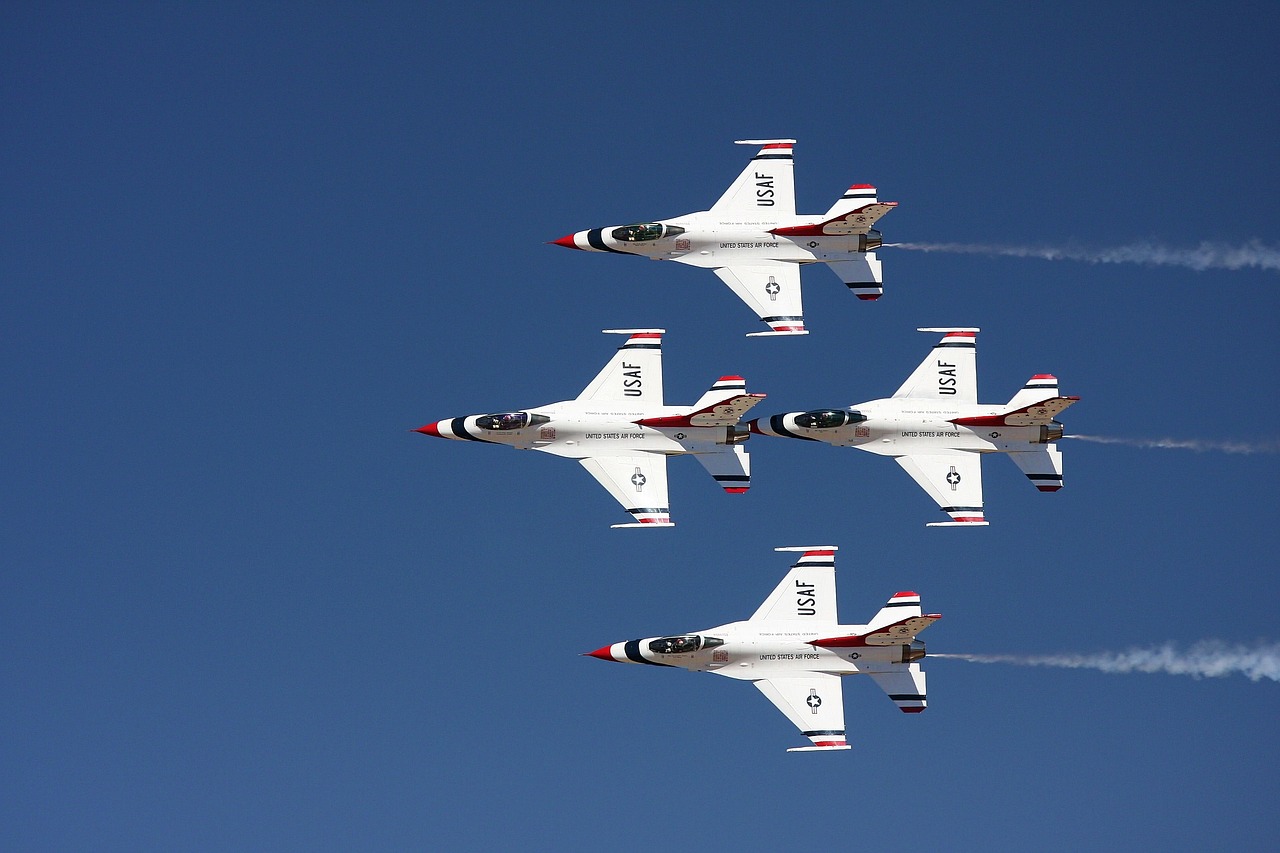This post is also available in:
 עברית (Hebrew)
עברית (Hebrew)
A new compact electronic warfare payload, revealed at the 2025 Paris Air Show, offers light drones the ability to detect and geolocate hostile radio signals with unprecedented agility. Weighing less than 5 kilograms and operating on under 40 watts of power, the system is optimized for deployment on small unmanned aerial platforms — including free-flying, autonomous, and tethered drones.
Designed to function entirely passively, the payload silently monitors the radio frequency spectrum without emitting signals, a critical advantage in heavily contested or denied environments where emissions can reveal the platform’s location, according to the press release. By intercepting and analyzing hostile transmissions from significant distances, the system delivers real-time electronic intelligence (ELINT) to frontline units.
The introduction of this technology reflects a growing shift in electronic warfare strategy. Once the domain of specialized operators with large, vehicle- or aircraft-mounted systems, EW is increasingly moving toward distributed capabilities that can be employed at the tactical edge. This payload enables smaller, non-specialized units to contribute to the broader electronic order of battle without the need for extensive training or infrastructure.
Incorporated as part of a broader trend toward modular, interoperable sensors, the system is intended to complement existing EW assets. Its small size and minimal power requirements mean it can be rapidly deployed and integrated with existing drone platforms already in service.
The system was developed with support from France’s Defence Innovation Agency, following a successful proof-of-concept phase. Since then, it has been trialed in a variety of operational conditions by multiple users, demonstrating flexibility across different mission profiles.
This latest development highlights a broader evolution in battlefield technology — one where agility, discretion, and real-time awareness are prioritized. As threats become more dynamic and dispersed, compact EW tools like this drone-mounted payload are set to play a central role in ensuring that even small units can operate with greater intelligence, autonomy, and survivability.


























